Prior to our trip onward to Italy we spent several days in Paris. Our home base was the charming and historic Hôtel Caron de Beaumarchais where we had adjoining penthouse units on the top floor.
From here we traveled daily, sometimes walking as much as 12 – 13 miles a day absorbing the sights and sounds of Paris.
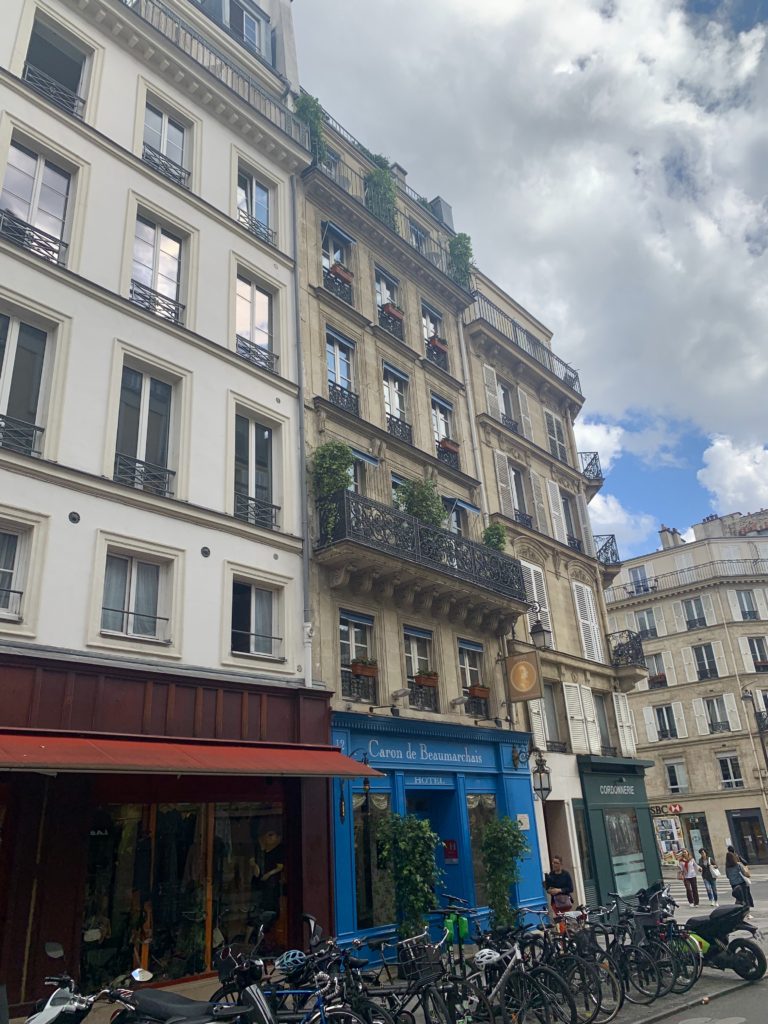
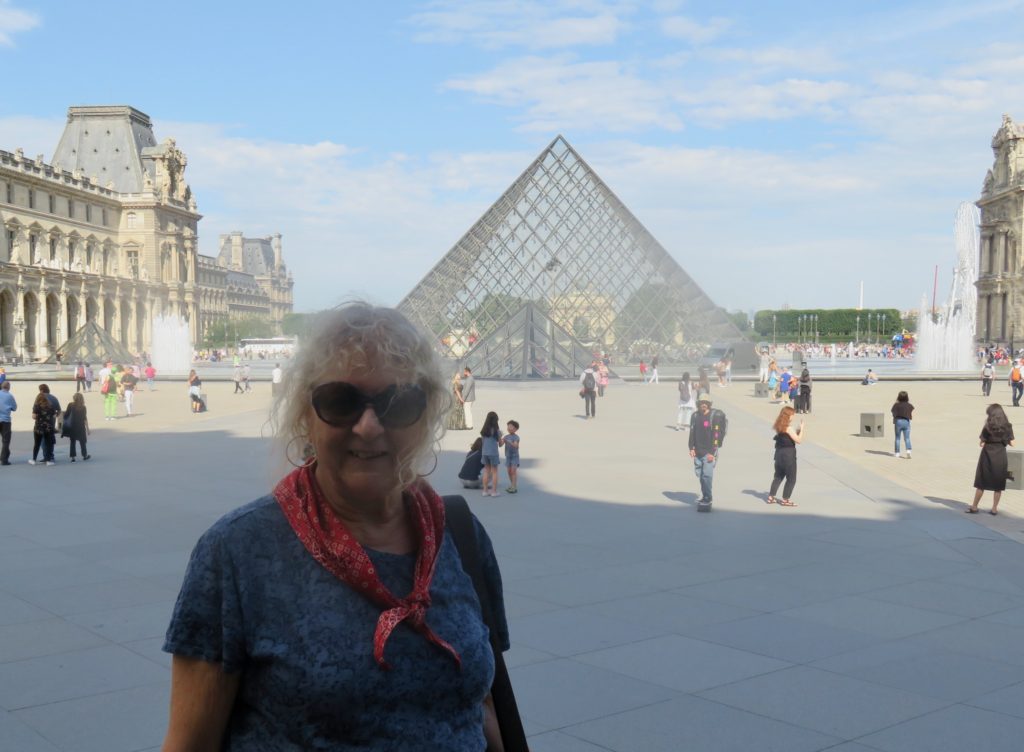
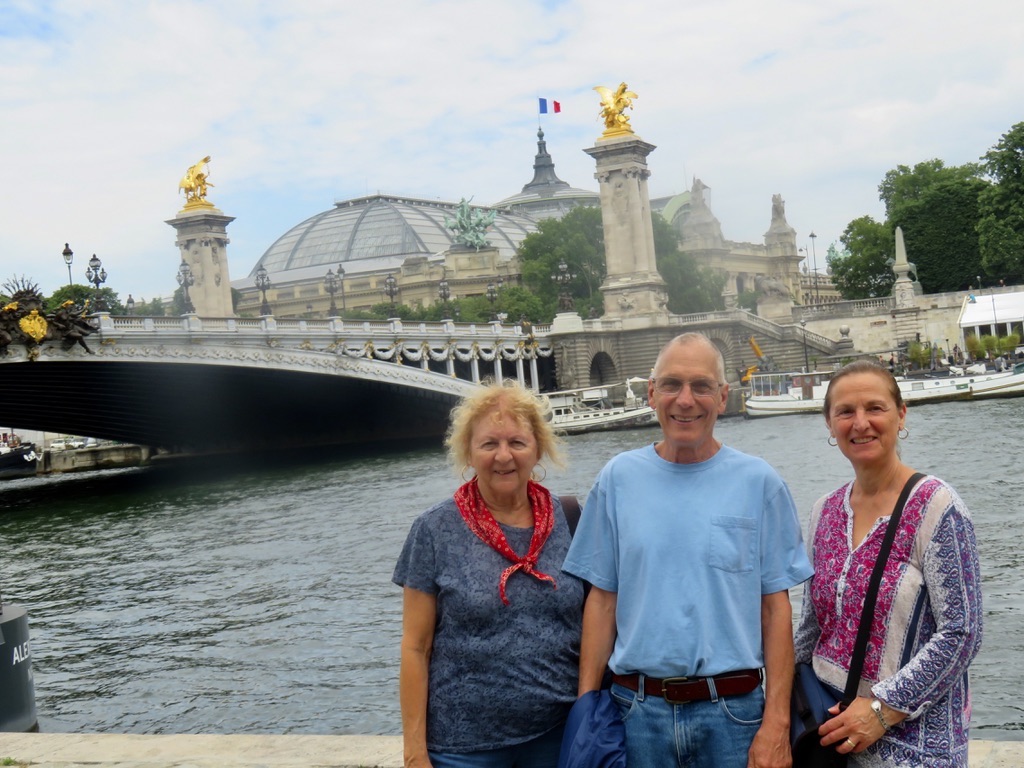
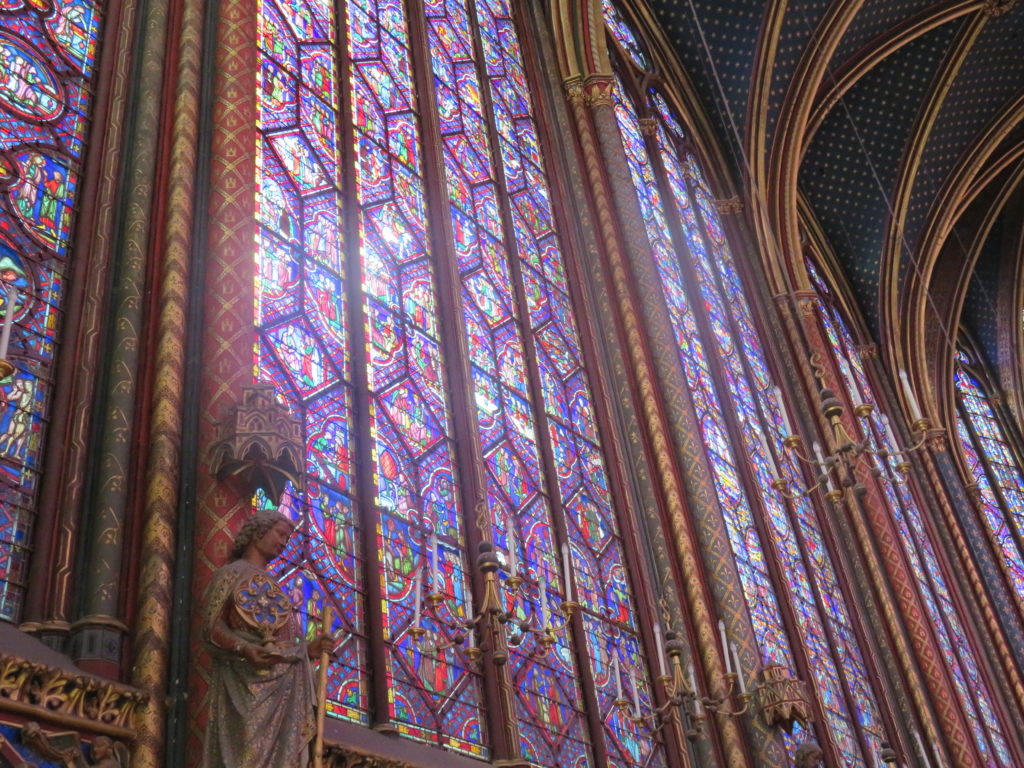
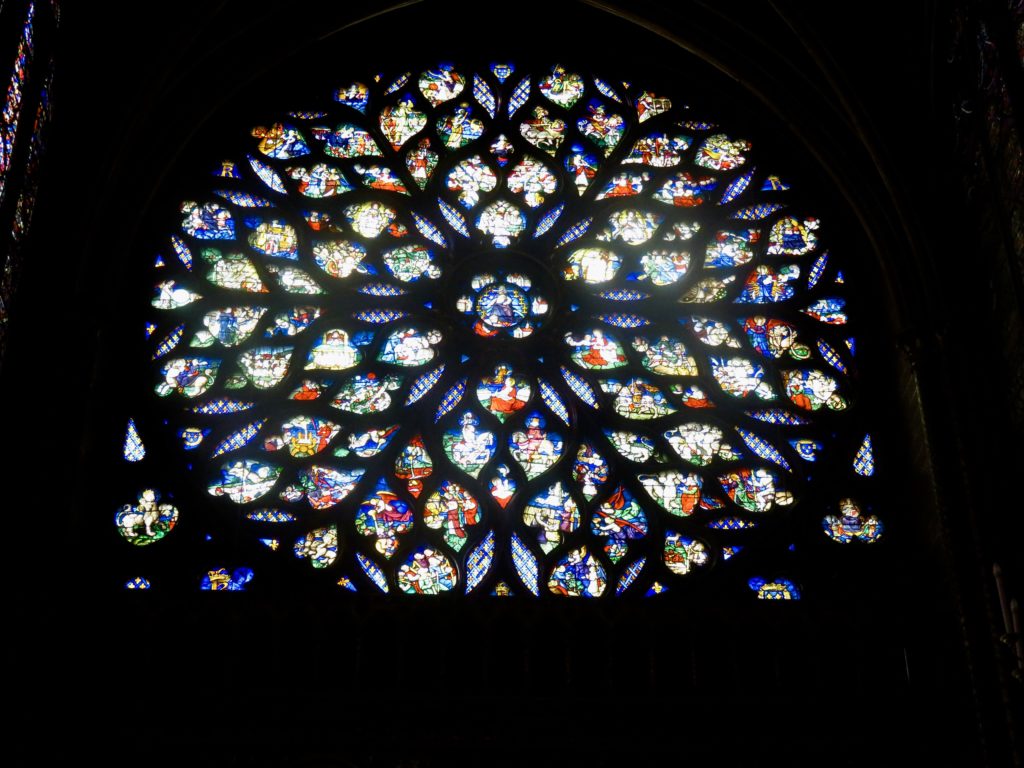
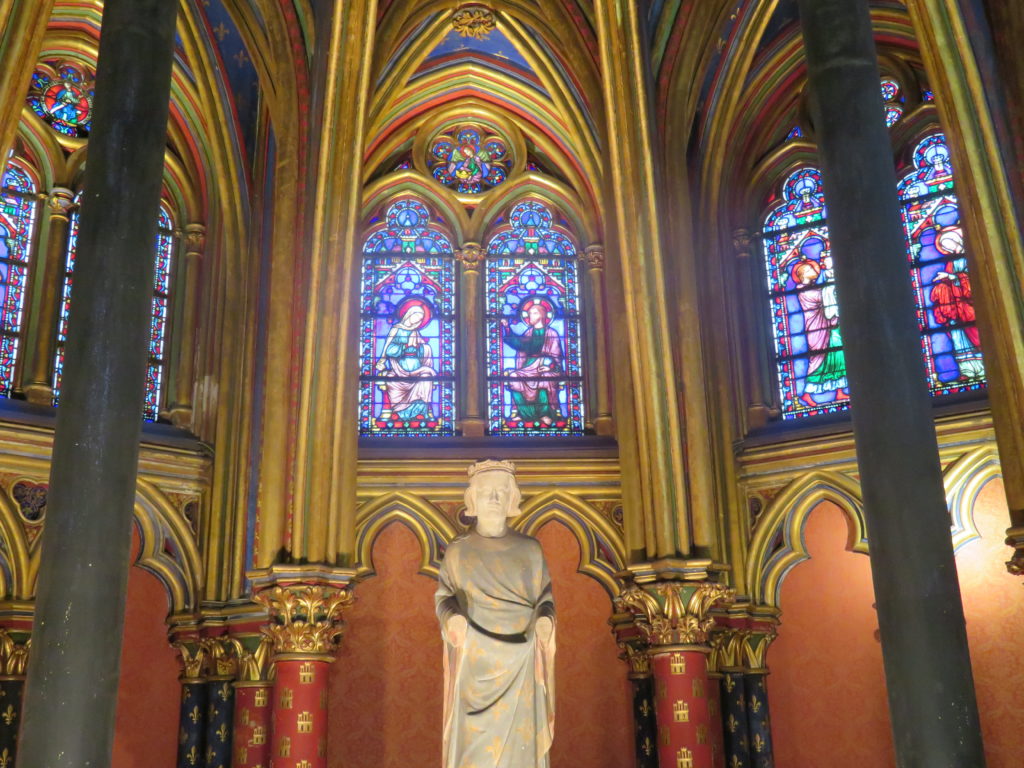
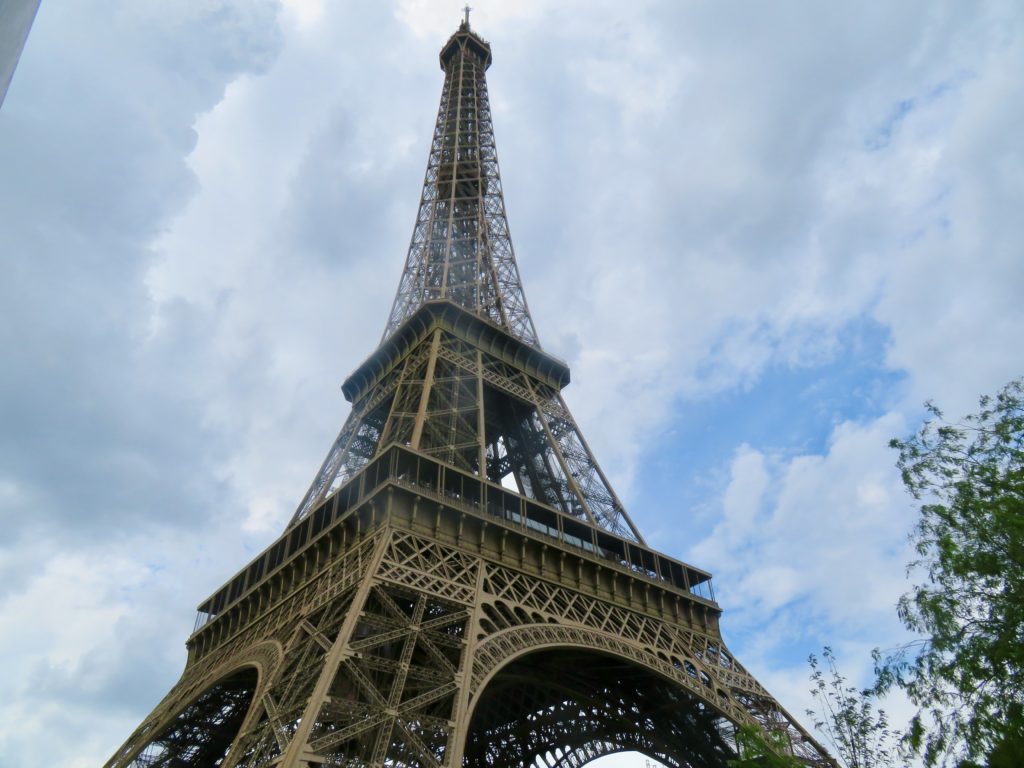

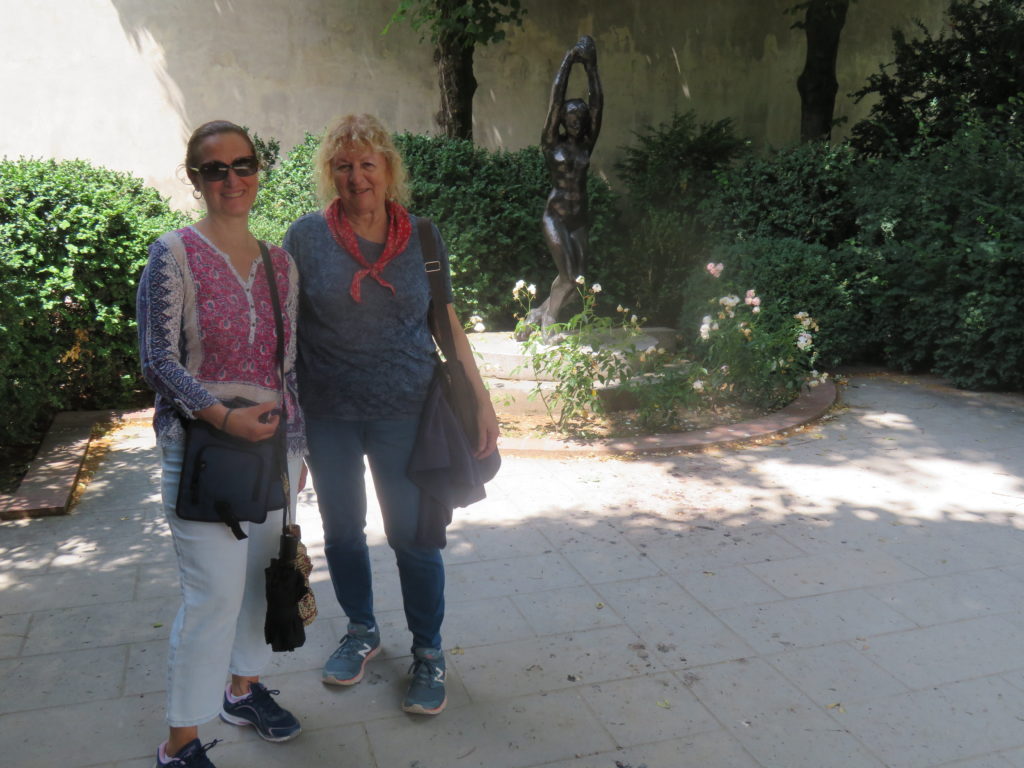
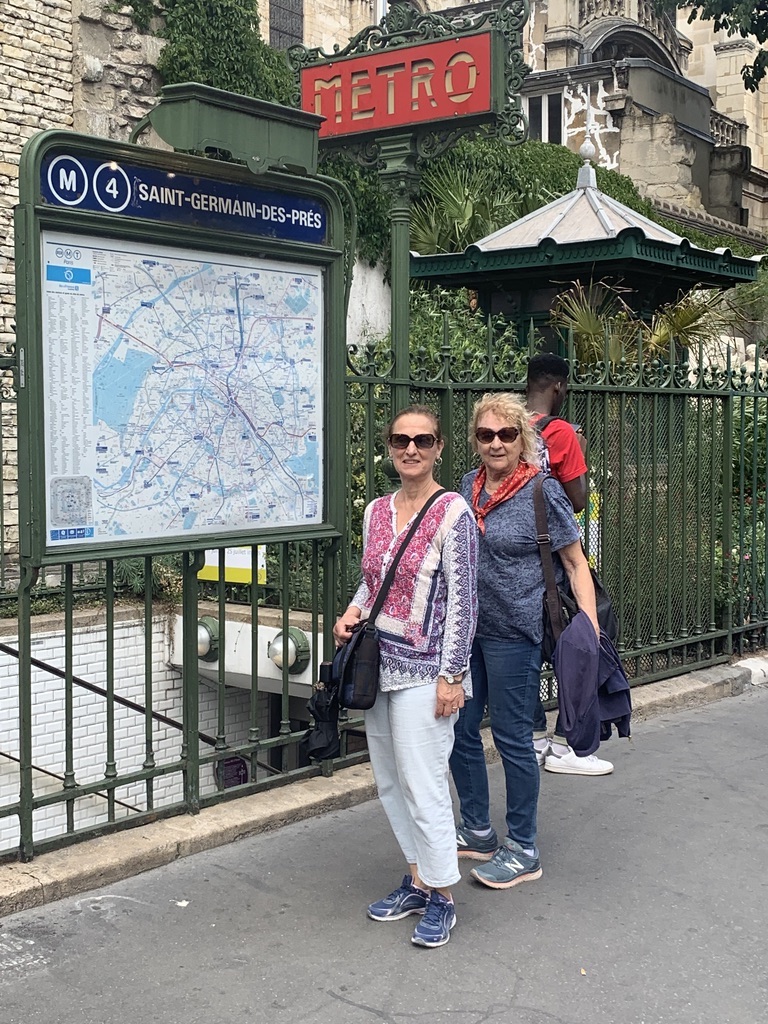

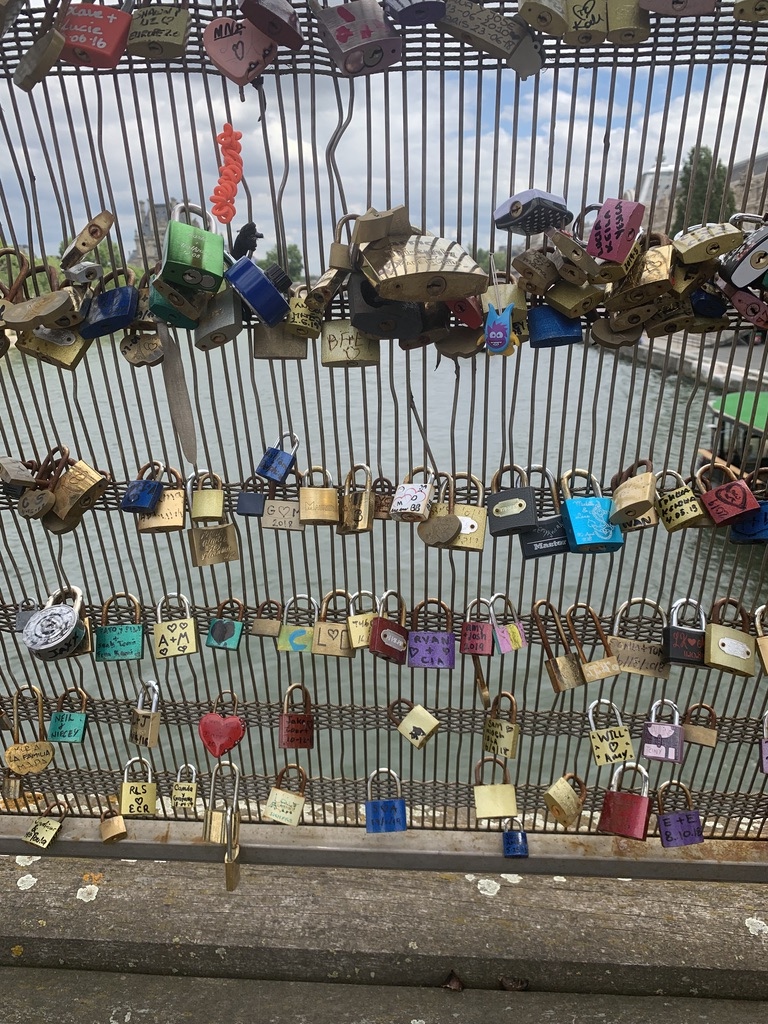
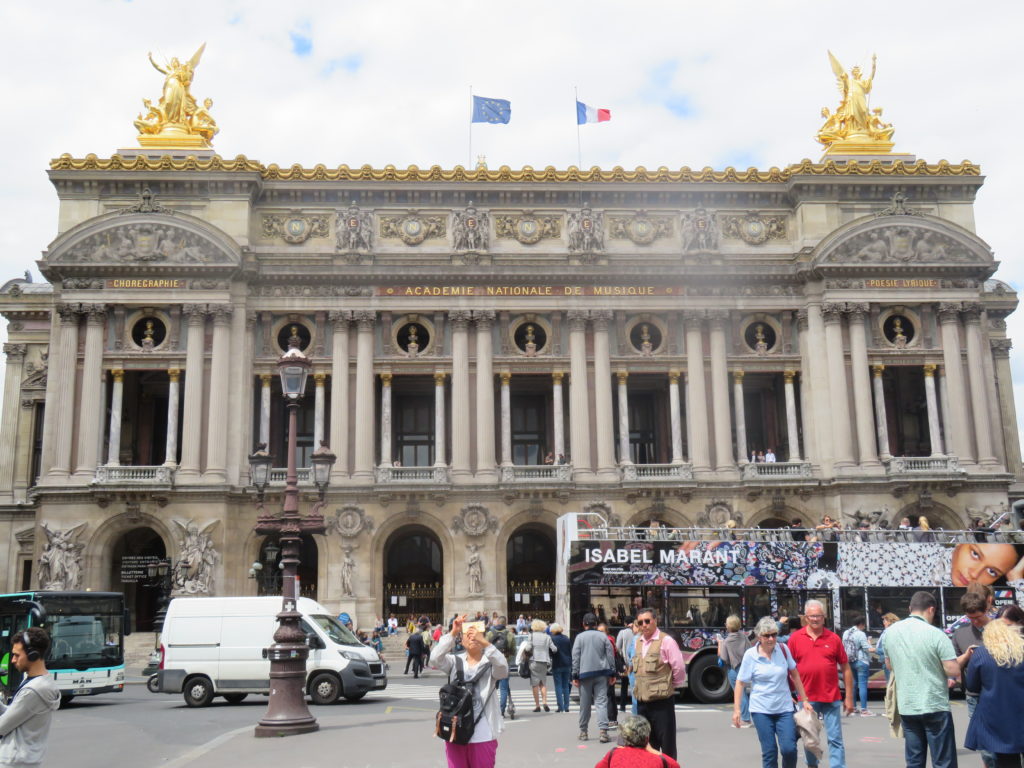
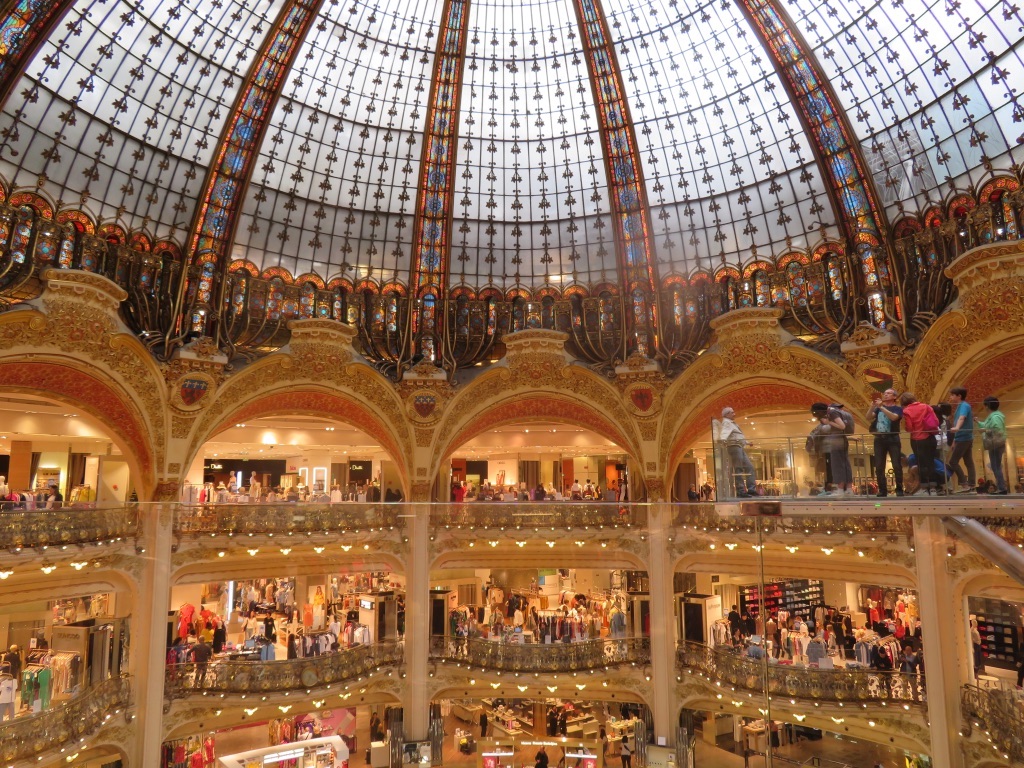
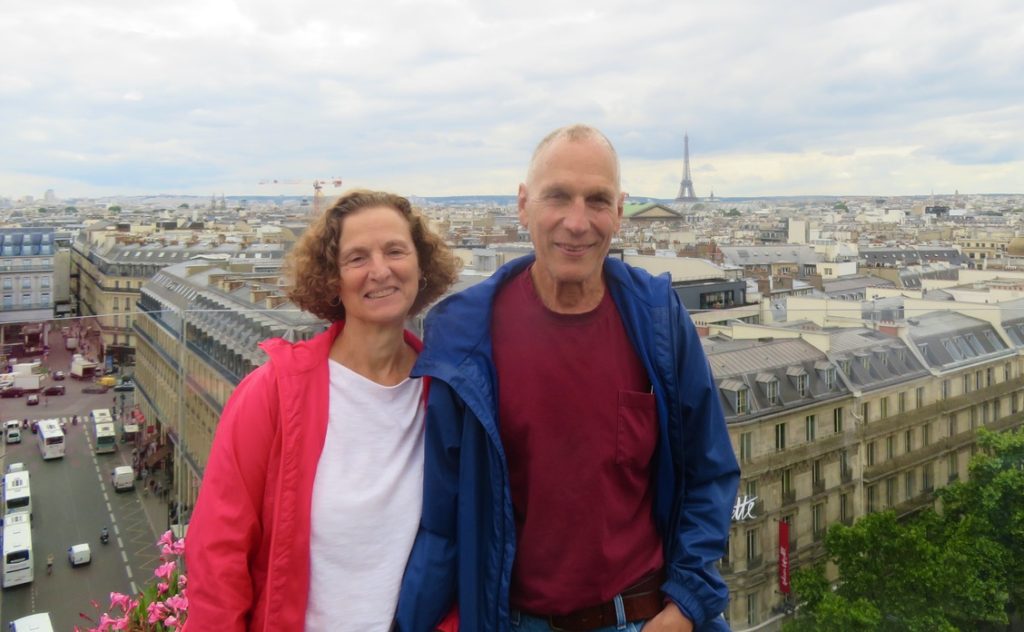
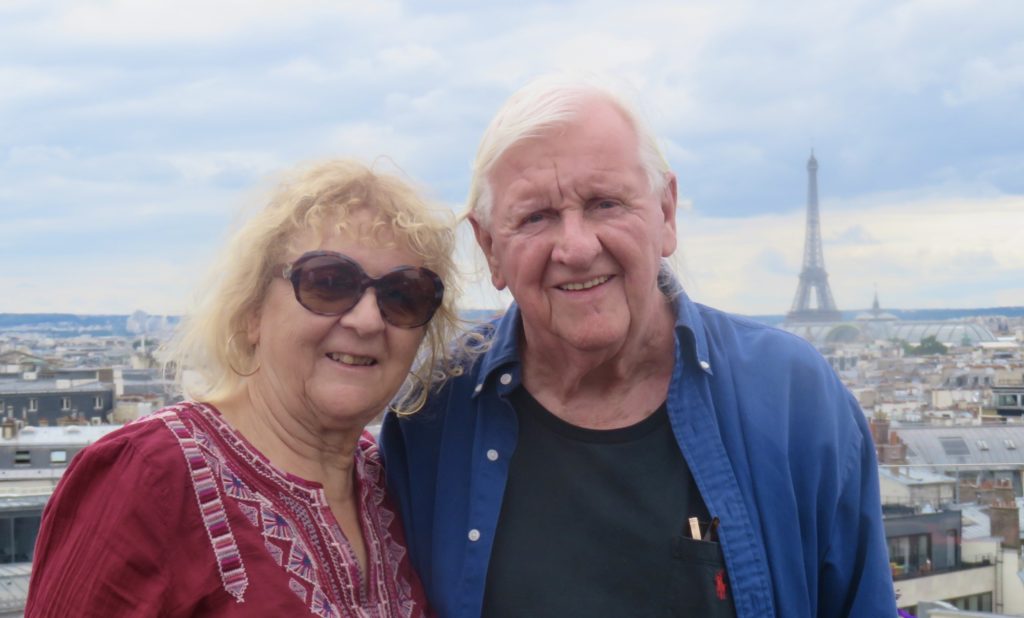

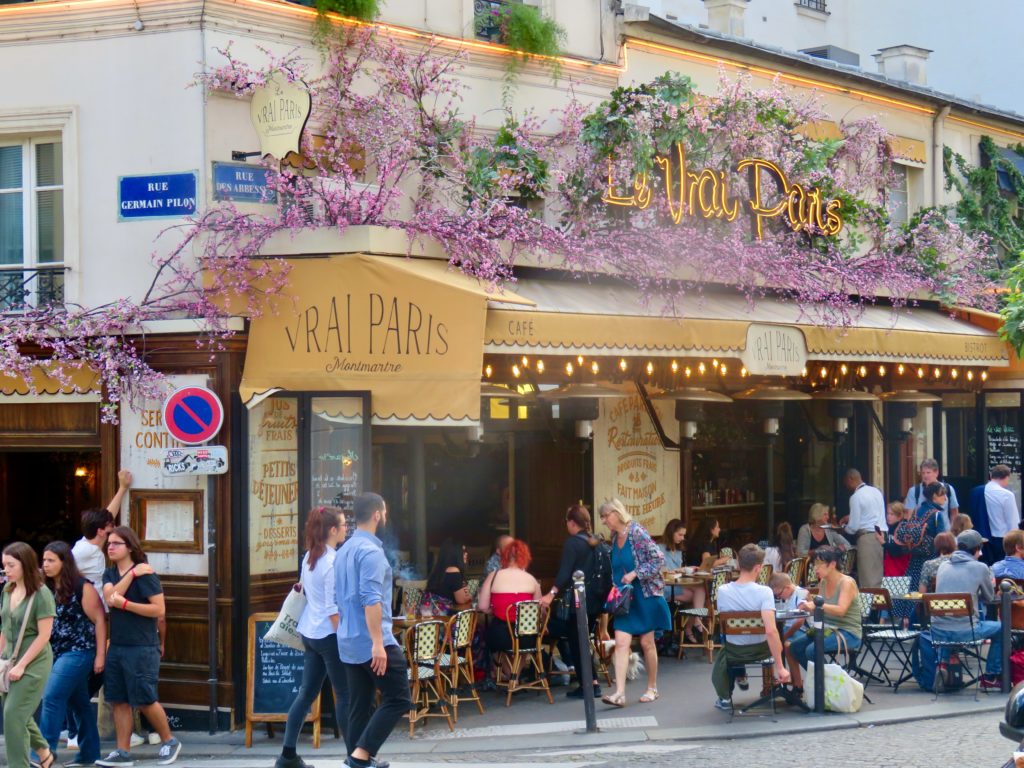
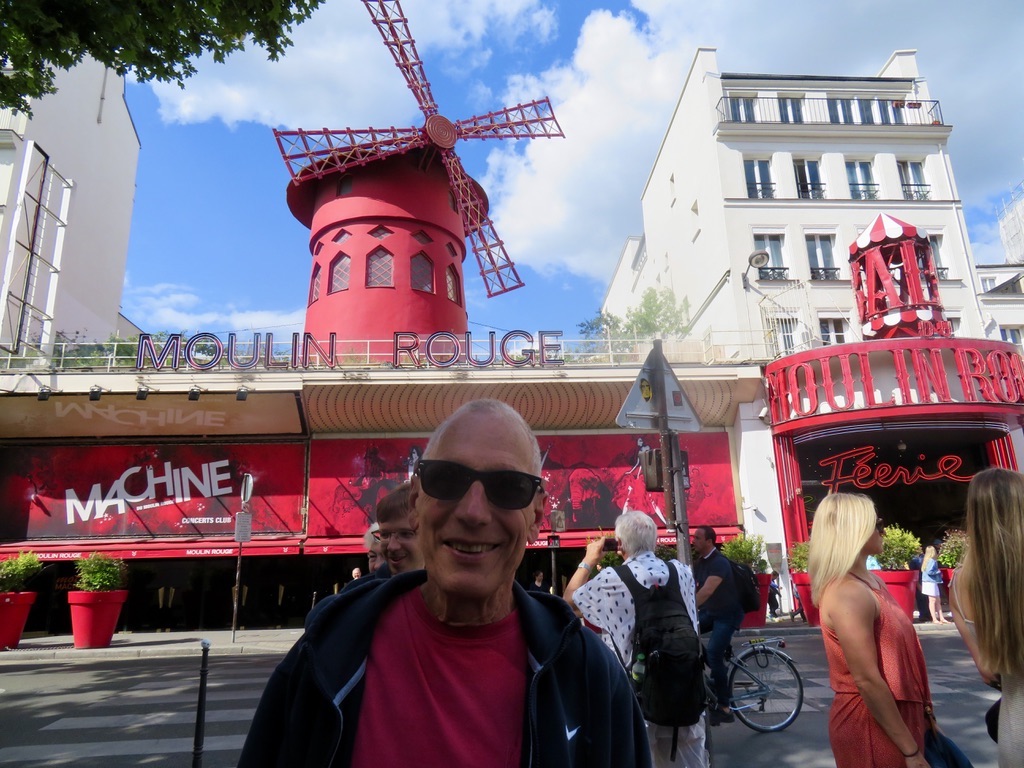
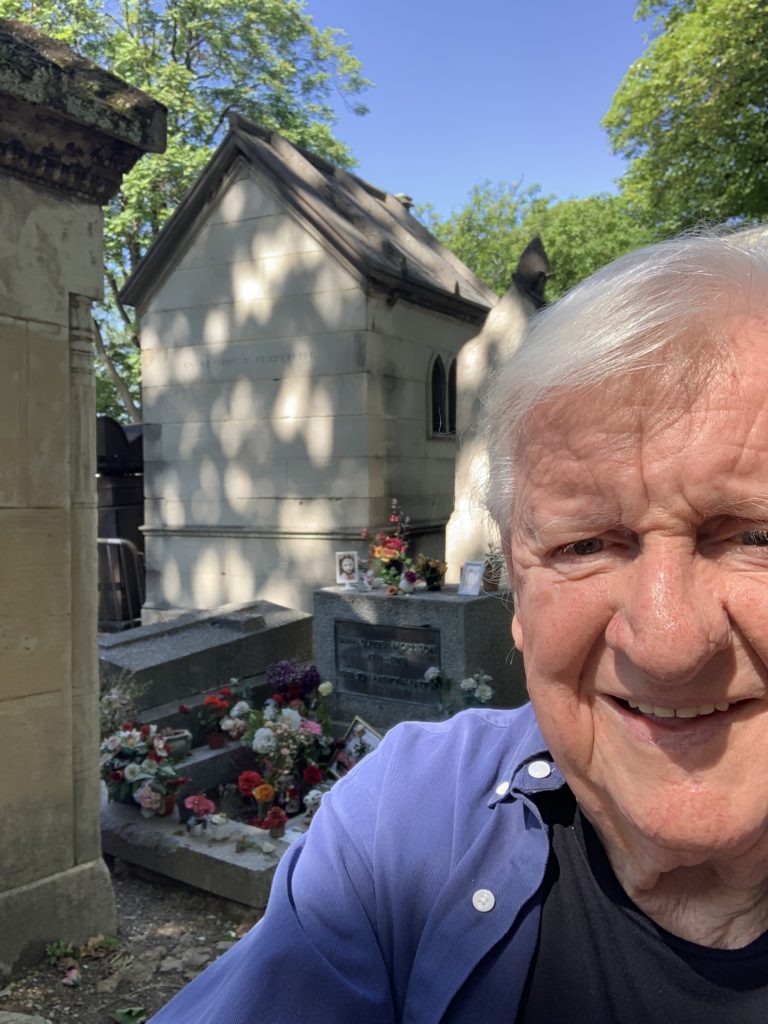
A JOURNEY INTO PARISIAN HERITAGE
The Père-Lachaise cemetery is a Parisian monument, a sprawling 44-hectare park and an open-air museum rolled into one. A stroll through its grounds always reveals something new. More than 3 million people visit the cemetery every year. Here are some of the must-see graves in this unique Parisian burial site.
Père-Lachaise is both Paris’s most visited cemetery and its most sought-after burial ground. It is the final resting place of many famous people. A stroll among the graves is an unusual and rewarding lesson in French and international cultural heritage. Honoré de Balzac, Colette, Eugène Delacroix, Raymond Radiguet, Maria Callas and Sarah Bernhardt are among the cemetery’s notable names. The list of famous individuals who are buried here includes 40 singers, 40 composers and 75 painters.
The star-crossed lovers Heloise and Abelard were the first people of note to be buried here in 1817, when the cemetery was still new. The remains of Molière and Jean de La Fontaine were relocated to the adjoining plots the same year, although for various reasons no one knows for certain whether it is really their bones that lie in the graves. Frédéric Chopin’s grave does indeed contain his body, but his heart is buried in Poland. The composer, who was afraid of being buried alive, had asked for his heart to be removed after he died.
A few madeleines placed on the stone by the writer’s fans are a clue that you’ve reached the tomb of Marcel Proust, while the poet Alfred de Musset’s grave site is flanked by a weeping willow, his favourite tree.
Jim Morrison’s tomb (lead singer of The Doors, who died in Paris in 1971 at age 27) is the most visited one in the cemetery. In addition to flowers, fans have left burning candles, wine and liquor bottles, and even drug paraphernalia at his headstone. Legions of fans come to pay their respects to the singer every year on 3 July, the anniversary of his death. Our visit was accompanied by my playing a recording of the Door’s 1967 #1 song “Light My Fire”!
Gertrude Stein Don’t be thrown off when you see the incorrect date of death on Stein’s tomb (1947), the misspelling of her birthplace (Allfghany, Pennsylvania), or the absence of Alice B. Toklas’s name. Stein passed in ’46, was born in Alleghany, and her loving companion Alice’s name appears on the back of the low granite headstone. You may find small pebbles left on her tomb as symbols of remembrance, a Jewish tradition that is repeated at several grave sites in this area. Stein loathed doctors; and her long-ignored problems with colitis led to stomach cancer. She died on the operating table at the American Hospital in Paris. Forty-six years later, before she passed away, Toklas requested that her name be on the back of the tomb, always in the shadow of her life partner.
Elsewhere in the cemetery, a number of memorials pay tribute to the victims of French history – notably the Mur des Fédérés, where insurgents were lined up and shot during the Paris Commune uprising.